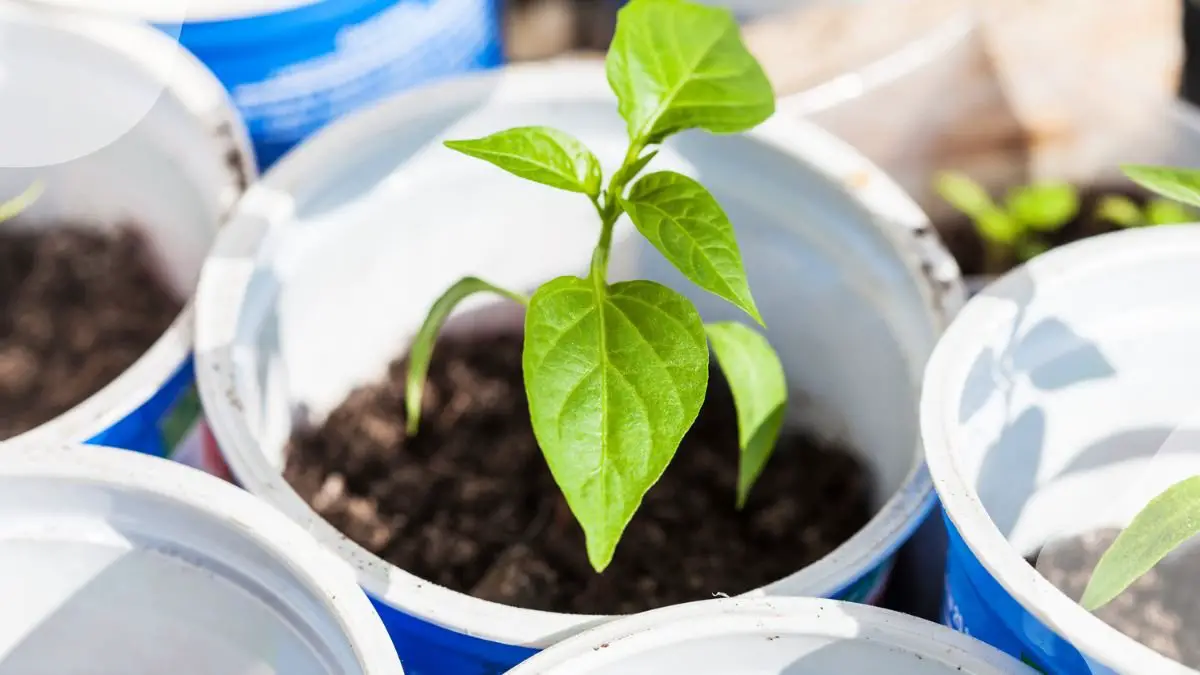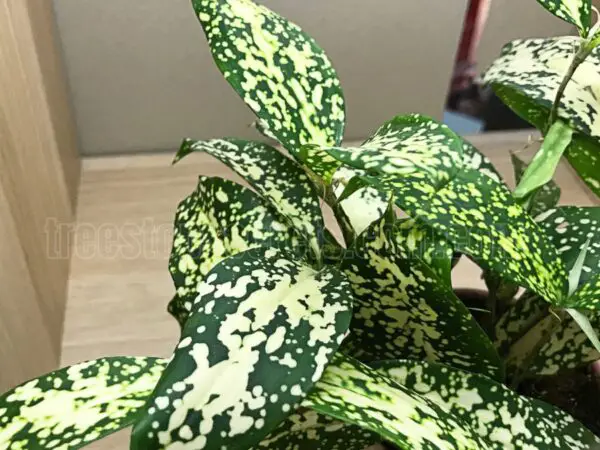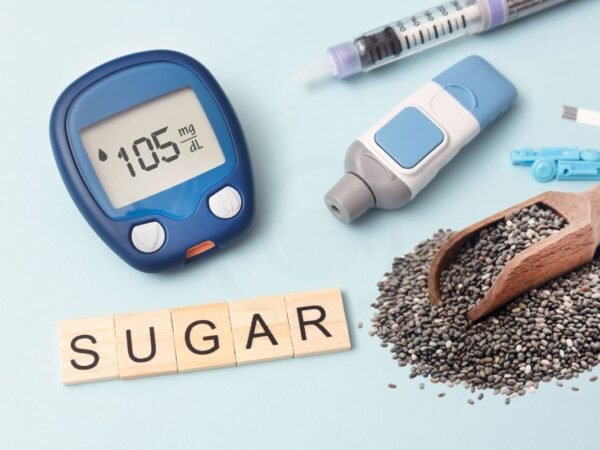Discover the secret to thriving bell pepper plants in pots. Whether you have limited garden space or want to add a pop of color to your patio, growing bell peppers in containers is a game-changer. Say goodbye to traditional garden beds and hello to the convenience of potting these vibrant veggies right at your doorstep. With the right care and attention, you can enjoy a bountiful harvest of crisp, juicy bell peppers straight from your own potted plants.
Unlock the potential of container gardening and grow red bell pepper plants to elevate your green thumb skills with our expert tips on nurturing bell pepper plants in pots. Embrace the contrast of compact gardening with maximum flavor rewards, all within arm's reach. Get ready to transform your outdoor space into a pepper paradise!
Key Takeaways
- Choose the right container: Select a container that is at least 5 gallons in size with drainage holes to ensure proper growth for your bell pepper plants.
- Start your bell pepper plants early: Begin growing your bell pepper plants indoors 8-10 weeks before the last frost date in your area to give them a head start.
- Provide ideal growing conditions: Place your bell pepper plants in a sunny spot with well-draining soil and ensure they receive at least 6-8 hours of sunlight daily.
- Care for your plants consistently: Water your bell pepper plants regularly, fertilize every 2-4 weeks, and prune to encourage growth and fruit production.
- Offer support when needed: Stake or cage taller varieties of bell pepper plants to prevent them from bending or breaking under the weight of the peppers.
- Manage pests and diseases promptly: Keep an eye out for common pests like aphids and diseases like powdery mildew, and address any issues promptly to protect your bell pepper plants.
Choosing the Right Container
Roomy containers
- Opt for containers that are at least 5 to 10 gallons in size for optimal bell pepper growth.
- Ensure the pots come with proper drainage holes to prevent waterlogging issues.
- Consider using fabric grow bags, especially for outdoor bell pepper plants, as they offer versatility and good aeration.
Potting mix essentials
- Use well-draining potting mix to avoid water retention problems that could harm your bell peppers.
- Incorporate compost or worm castings into the potting mix to provide additional nutrients for the plants.
- Fill the containers with the potting mix and plant nursery-started peppers at the soil line for ideal growth conditions.
Starting Your Bell Pepper Plants
Nursery plants advantage
Starting with pre-started plants offers the advantage of earlier pepper harvests. These young bell pepper plants are already established, giving you a head start. When potting up nursery-started peppers, it's crucial to handle them delicately to prevent any root damage. This care ensures that the plants continue to grow healthily.
Transplanting outdoor peppers should be done only when the temperatures are consistently around 60°F. This temperature range is ideal for the young pepper plant to adapt to its new environment without experiencing any shock. It's essential to monitor the weather forecast and choose the right time for transplanting your potted pepper plants outdoors.
Seed starting tips
To start bell pepper seeds indoors, begin about 6 to 8 weeks before the last spring frost date. This timing allows the young pepper plants to grow sufficiently before being moved outside. Sowing the seeds about ¼ inch deep in a high-quality seed-starting mix is crucial for successful germination. This depth provides the seeds with the necessary nutrients and moisture for healthy growth.
Using a heating mat can help speed up the germination process significantly. The warmth provided by the heating mat mimics natural conditions, encouraging the seeds to sprout faster. This technique is especially useful if you're looking to kickstart the growth of your hot pepper plants early in the season.
Ideal Growing Conditions
Light Requirements
Bell peppers need at least 6 hours of bright light daily to produce fruits. For indoor plants, consider using a grow light to supplement natural light. Outdoor potted peppers thrive best when placed on a sunny patio or balcony for optimal growth.
Temperature Control
Wait until temperatures are consistently around 60°F before planting bell peppers outdoors. Properly harden off transplants by gradually exposing them to outdoor conditions. Remember, bell peppers are sensitive to cold temperatures and require protection from chilly weather.
Plant Care and Maintenance
Watering Schedule
Pots require frequent watering to keep bell pepper plants healthy. Check the soil regularly, watering when the top inch is dry. Container plants need more water compared to garden beds. Consistent watering is crucial to prevent potted peppers from drying out.
Fertilization Needs
For optimal growth, mix compost or worm castings into the potting mix to provide slow-release nutrients. Organic fertilizers are beneficial for promoting healthy pepper development. Avoid over-fertilizing as it can disrupt the nutrient balance in the soil.
Supporting Your Plants
Staking methods
Stake your plants to provide necessary support for heavy fruit loads. Utilize bamboo stakes or tomato cages for this purpose. Gently tie the pepper plants to the stakes to prevent any potential damage.
When using bamboo stakes, ensure they are tall enough to accommodate the plant's growth. Tomato cages offer a structured support system that keeps the pepper plants upright as they mature. By securing the plants to these supports, you help them grow vertically without bending or breaking.
Pruning techniques
Prune your bell pepper plants regularly to enhance air circulation and increase sunlight exposure. Removing diseased or damaged branches promptly is crucial for maintaining overall plant health. However, it is essential to prune pepper plants sparingly to avoid negatively impacting fruit production.
Carefully inspect the leaves and stems of your pepper plants while pruning. Trim away any yellowing or wilting leaves to promote new growth. By eliminating overcrowded areas within the plant, you allow more sunlight to reach all parts of the plant, aiding in photosynthesis.
Pest and Disease Management
Identifying pests
Bell pepper plants in pots are susceptible to common pests such as aphids, spider mites, and whiteflies. These pests can harm the plants by feeding on their leaves and stems. To control pest infestations, consider using insecticidal soap or neem oil, which are natural remedies that effectively manage pests without harming the plants. Regularly inspecting your plants is crucial to detect signs of pest damage early on, allowing you to take prompt action.
- Aphids
- Spider mites
- Whiteflies
Disease prevention
To prevent diseases in bell pepper plants, ensure they have sufficient air circulation. Proper airflow around the plants helps reduce humidity levels, minimizing the risk of fungal infections. Avoid overhead watering, as it can create a damp environment that promotes disease development. If you notice any infected plant parts, promptly remove and destroy them to prevent the spread of diseases.
Harvesting Your Bell Peppers
Right time to harvest
Harvest bell peppers at the optimal size and color for the specific variety you are growing. Use sharp scissors or pruners to carefully cut the peppers from the plant. Avoid pulling them off to prevent any damage to the stems, ensuring continuous growth.
Harvesting techniques
When harvesting, ensure to leave a small part of the stem attached to the pepper. This helps in prolonging their freshness. After harvesting, store the peppers in a cool and dry place, away from direct sunlight. Proper storage conditions can extend the shelf life of your harvested produce.
Consider using your freshly harvested bell peppers immediately in your favorite recipes. Alternatively, if you have an abundant harvest, freezing or preserving them can be a great way to enjoy your homegrown produce throughout the year.
Troubleshooting Common Issues
Addressing growth problems
Yellowing leaves on bell pepper plants can indicate issues like overwatering or nutrient deficiencies. Check the soil moisture and consider adjusting your watering routine to prevent waterlogged conditions. Ensure your plants receive adequate nutrients through fertilization to promote healthy leaf growth.
Wilting plants may require immediate attention to prevent further damage. Adjust the watering frequency based on the plant's needs and environmental conditions. Ensure that your pots have proper drainage to avoid water stagnation, which can lead to root rot and wilting. Regularly inspect your plants for signs of distress to address any issues promptly.
Solving watering issues
To prevent overwatering or underwatering, adjust the watering frequency based on the soil's moisture level. Test the soil by inserting your finger into it; if it feels dry, it's time to water. Consider using self-watering containers, which can help maintain consistent moisture levels by allowing the plants to absorb water as needed.
Using a saucer under your pots can catch excess water, preventing it from damaging surfaces and ensuring proper drainage. This simple addition can also help you monitor the amount of water your plants are receiving and prevent water-related issues. Remember that consistent and appropriate watering is crucial for the health of your bell pepper plants.
Summary
In conclusion, you have learned the essential steps to successfully grow bell pepper plants in pots. By selecting the right container, providing optimal growing conditions, and diligently caring for your plants, you are on your way to a bountiful harvest. Remember to support your plants, manage pests and diseases effectively, and troubleshoot any issues that may arise along the way. Your dedication and attention to detail will ensure healthy bell pepper plants and flavorful peppers for you to enjoy.
Now that you are equipped with the knowledge and skills needed to nurture your bell pepper plants, it's time to put what you've learned into practice. Get started on creating your own thriving pepper garden in pots today and savor the satisfaction of harvesting homegrown bell peppers bursting with freshness and flavor.
Frequently Asked Questions
Can bell peppers grow well in pots?
Yes, bell peppers can thrive in containers as long as the pots are large enough, have good drainage, and receive adequate sunlight. Choose a container at least 5 gallons in size for healthy growth.
What are the ideal growing conditions for bell pepper plants in pots?
Bell peppers require full sun, well-draining soil rich in organic matter, and regular watering to thrive in containers. Ensure the pots are placed in a sunny spot with at least 6-8 hours of sunlight daily for optimal growth.
How should I support my bell pepper plants in pots?
Use stakes or cages to support bell pepper plants as they grow taller and produce fruit. Secure the plants gently to avoid damaging them and provide support throughout the growing season to prevent bending or breaking of branches.
What are common pests and diseases that affect bell pepper plants in pots?
Common pests like aphids, spider mites, and diseases such as bacterial spot or blossom end rot can affect bell pepper plants grown in containers. Regularly inspect your plants for any signs of infestation or disease and take prompt action to address these issues.
When is the right time to harvest bell peppers from potted plants?
Bell peppers are ready to harvest when they reach their mature color (green, red, yellow, etc.) and firmness. Use sharp scissors or pruners to cut the peppers from the plant carefully without damaging the stems or causing stress to the plant.
Image Source: Paid image from CANVA




